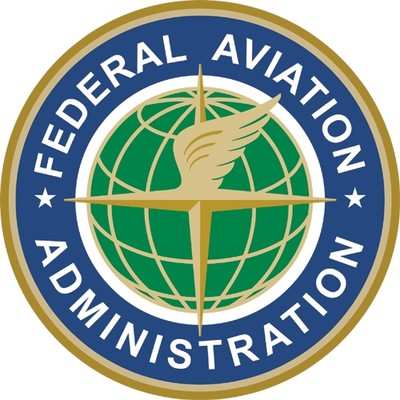Fri, Apr 27, 2018
No Longer Requires The Applicant To Supply A Complex Airplane For Practical Test
The FAA has issued a notice outlining a change in policy regarding testing applicants for a commercial pilot or flight instructor certificate, regardless whether the training was received under Title 14 of the Code of Federal Regulations (14 CFR) part 61 or 141.

Specifically, it outlines the policy which no longer requires applicants for a commercial pilot certificate with an airplane single-engine rating to provide a complex or turbine-powered airplane for the associated practical test and no longer requires applicants for a flight instructor certificate with an airplane single-engine rating to provide a complex airplane for the practical test.
According to the FAA, many pilots seeking a commercial pilot or flight instructor certificate in the airplane category take the initial practical test in a single-engine airplane. Training providers have noted that there are far fewer single-engine complex airplanes available to meet the airplane requirements outlined in the Airman Certification Standards (ACS) or Practical Test Standards (PTS), as applicable, and the single-engine complex airplanes that are available are older airplanes that are expensive to maintain. The FAA recognizes that accomplishing the required testing in either a single-engine complex airplane or turbine-powered airplane has become cost-prohibitive for flight schools.
The ACS for an initial commercial pilot certificate with an airplane category and single-engine class rating requires the applicant to provide a complex or turbine-powered airplane for the practical test. Similarly, the FAA PTS for the issuance of a flight instructor certificate with an airplane category and single-engine class rating requires the applicant to provide a complex airplane for the practical test.
As stated above, there are far fewer single-engine complex airplanes available to meet the ACS/PTS requirement, and the single-engine complex airplanes that are available are older airplanes that are expensive to maintain. Additionally, the FAA finds that removing the commercial pilot ACS requirement to furnish a complex or turbine-powered airplane and removing the flight instructor PTS requirement to furnish a complex airplane will achieve the same objectives. The FAA has determined that removing these ACS/PTS requirements will significantly reduce costs for persons pursuing a commercial pilot or flight instructor certificate by allowing applicants to utilize less-expensive airplanes on the practical test that are not complex or turbine-powered.
The FAA has determined that any airplane may be used to accomplish the tasks prescribed in the initial commercial pilot with an airplane single-engine rating practical test or a flight instructor with an airplane single-engine rating practical test, provided that airplane is capable of accomplishing all areas of operation required for the practical test and is the appropriate category and class for the rating sought. Therefore, the airplane used for the practical test must still meet the requirements specified in § 61.45.
(Source: FAA)
More News
Also: New Lakeland Fly-in!, Gleim's DPE, MOSAIC! Nearly three-quarters of a century in the making, EAA is excited about the future… especially with the potential of a MOSAIC>[...]
Estimated (EST) -When used in NOTAMs “EST” is a contraction that is used by the issuing authority only when the condition is expected to return to service prior to the >[...]
Aero Linx: Regional Airline Association (RAA) Regional airlines provide critical links connecting communities throughout North America to the national and international air transpo>[...]
The Airplane Broke Up In Flight And Descended To The Ground. The Debris Path Extended For About 1,435 Ft. Analysis: The pilot, who was the owner and builder of the experimental, am>[...]
From 2015 (YouTube version): History Comes Alive Thanks to A Magnificent CAF Effort The story of the Douglas C-47 named, “That’s all Brother,” is fascinating from>[...]
 Airborne 07.21.25: Nighthawk!, Hartzell Expands, Deltahawk 350HP!
Airborne 07.21.25: Nighthawk!, Hartzell Expands, Deltahawk 350HP! ANN's Daily Aero-Term (07.27.25): Estimated (EST)
ANN's Daily Aero-Term (07.27.25): Estimated (EST) ANN's Daily Aero-Linx (07.27.25)
ANN's Daily Aero-Linx (07.27.25) NTSB Final Report: Luce Buttercup
NTSB Final Report: Luce Buttercup Classic Aero-TV: 'That's All Brother'-Restoring a True Piece of Military History
Classic Aero-TV: 'That's All Brother'-Restoring a True Piece of Military History



